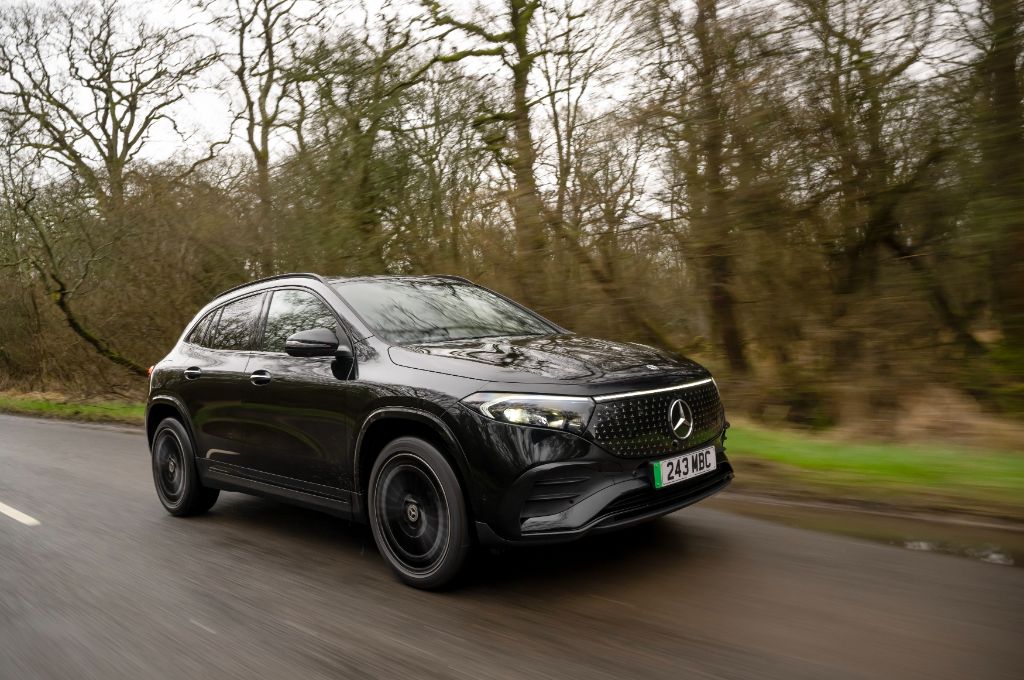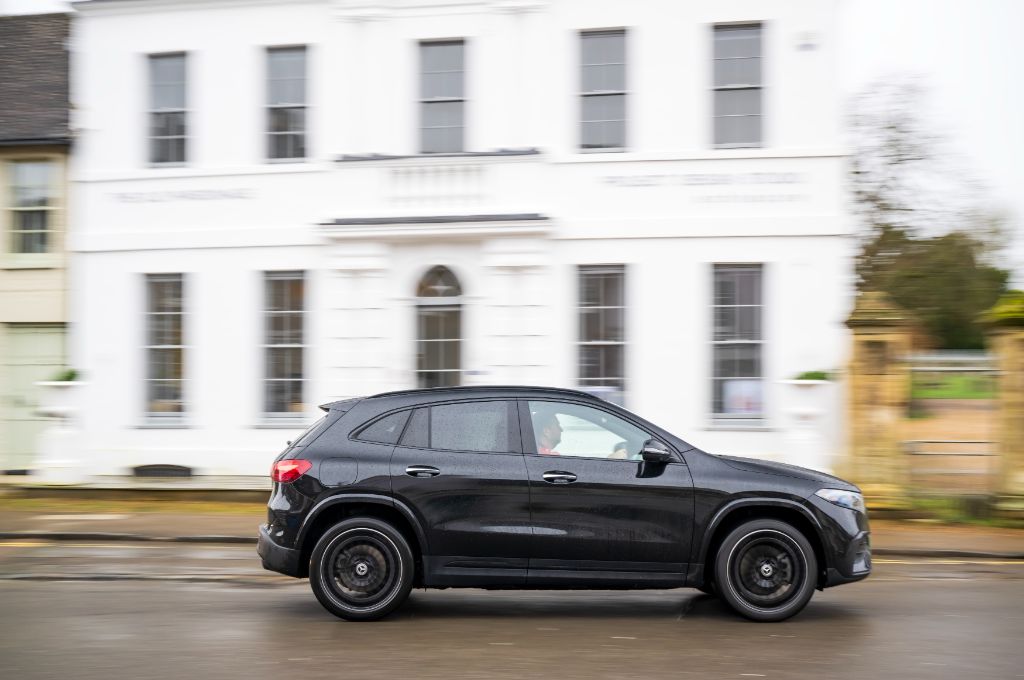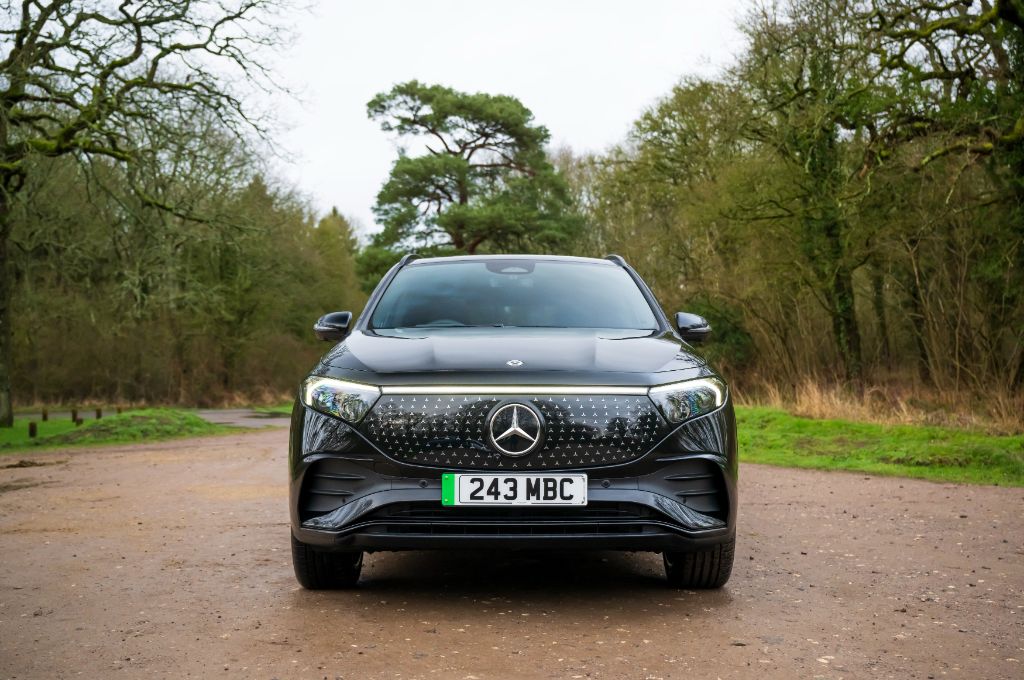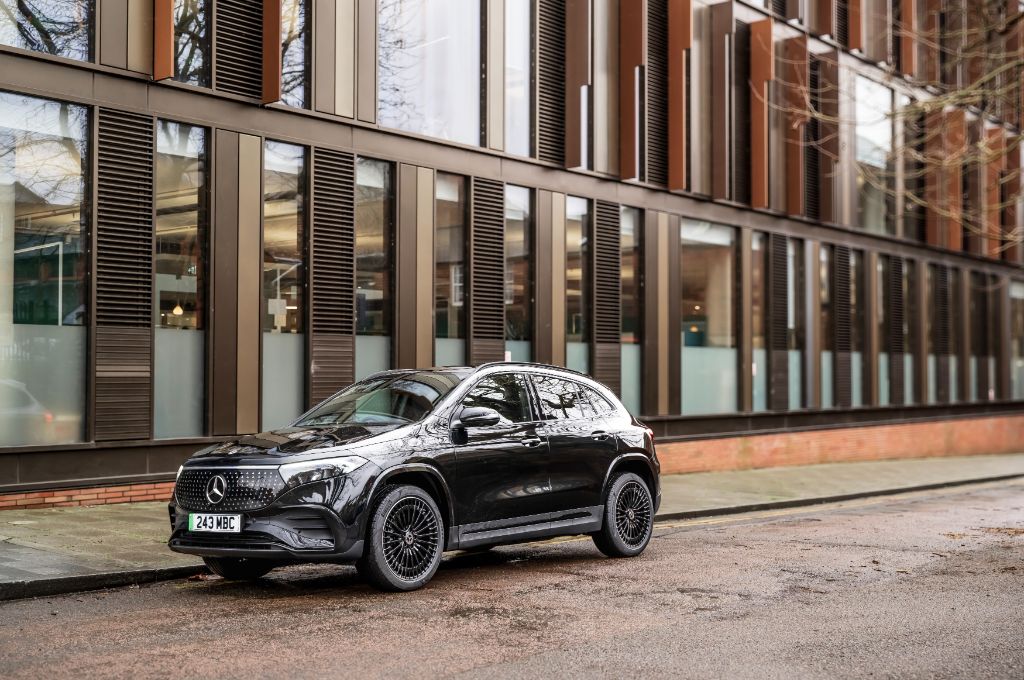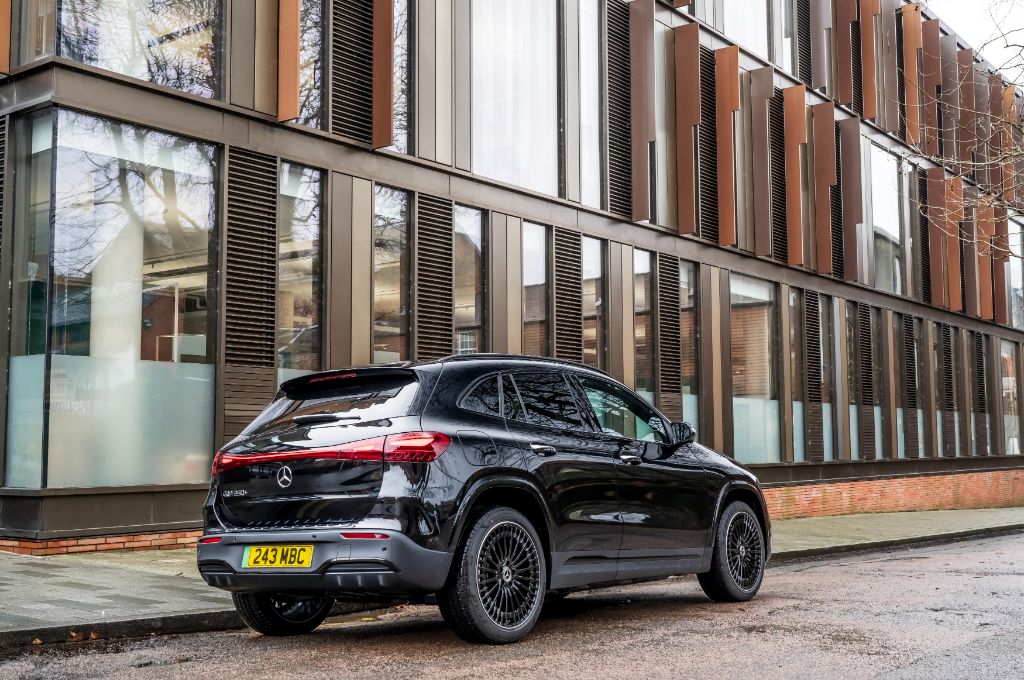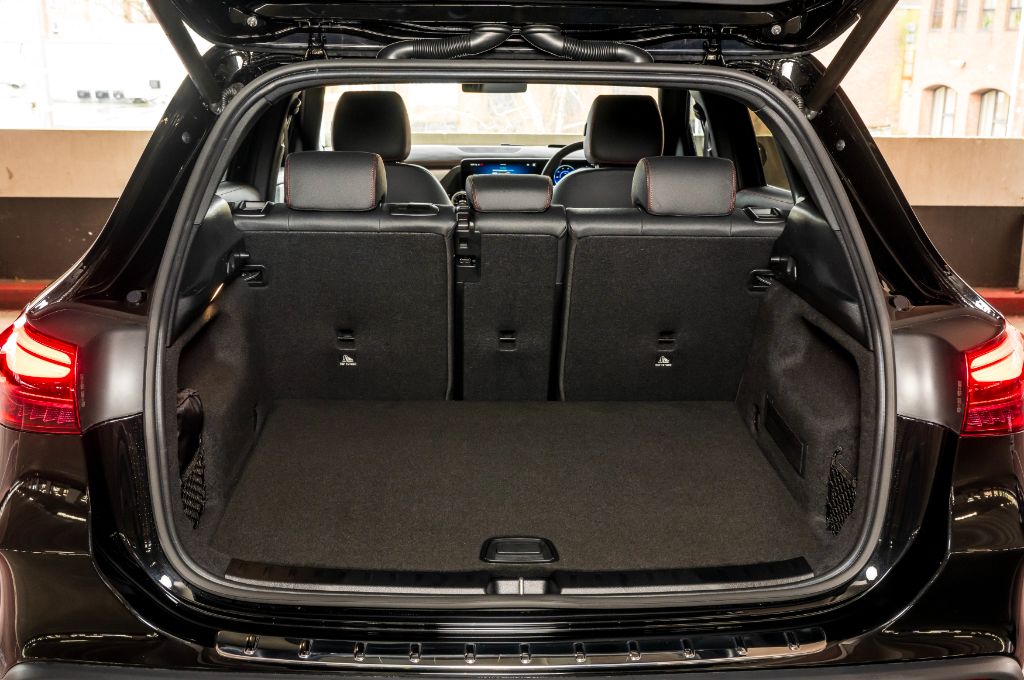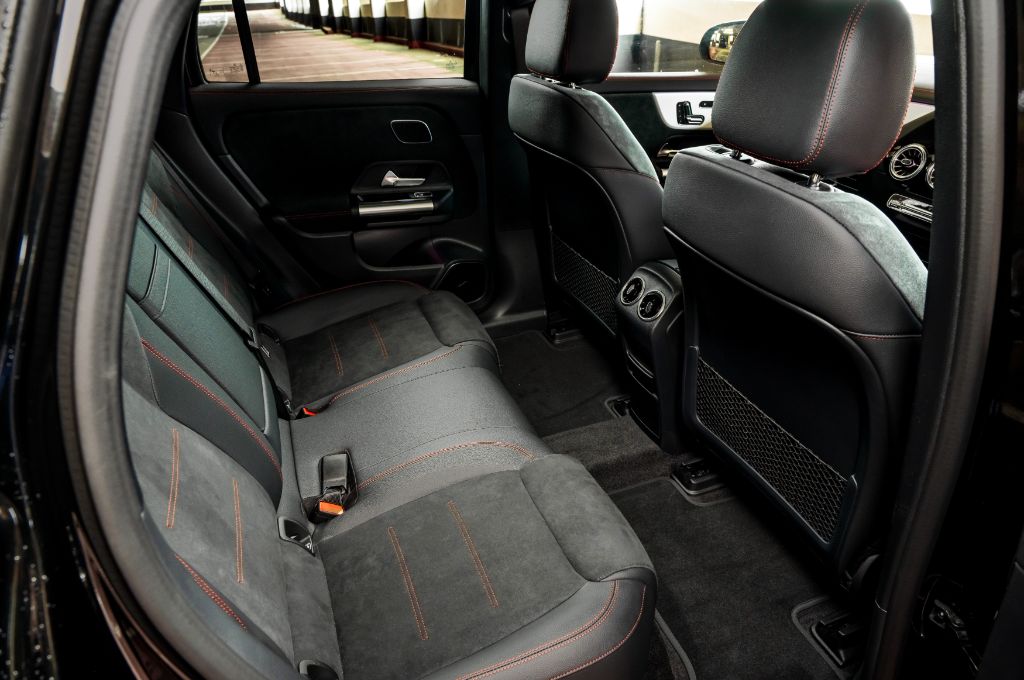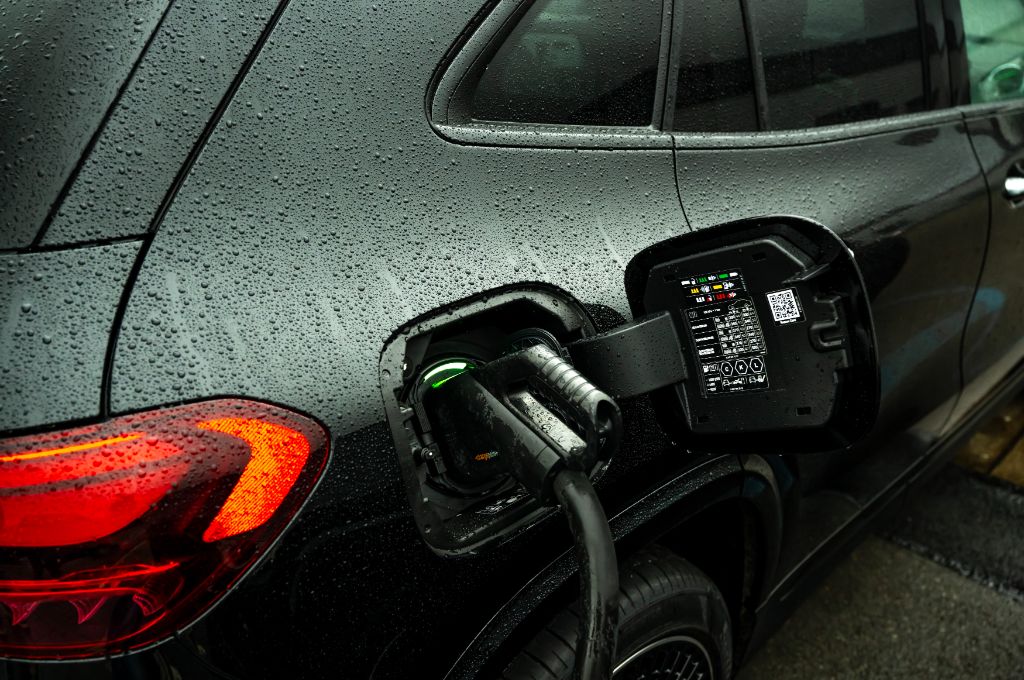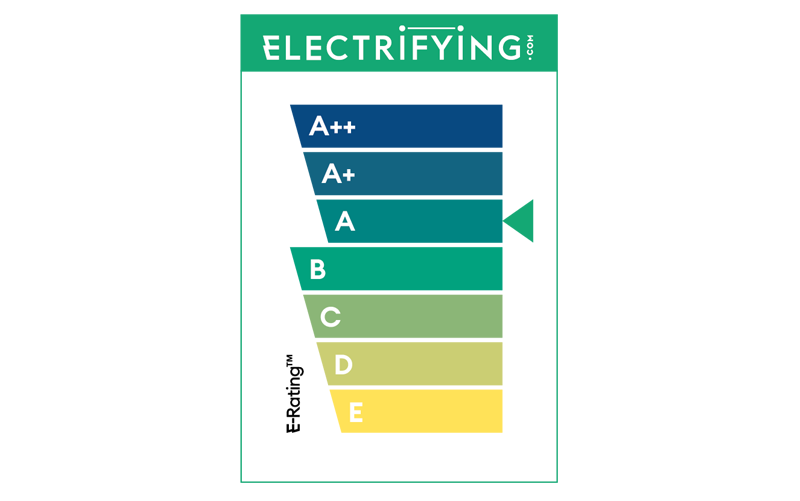Range
The EQA's range is decent even by the high standards of this class, and those who do average mileage (by the standards of the UK) and can charge at home won't have to rely on public chargers very often. Even so, that you can now get the EQA with a range of 345 miles will still make this a more tempting option than the BMW iX1, which tops out at 270 miles WLTP range, while the Audi Q4 e-tron and Kia EV6 get closer to the EQA with a maximum range of around 320- to 330 miles.
As we've mentioned, the only frustration is that you can't get the bigger 70.5kWh battery with four-wheel drive; you have to settle for the lower-powered, front-wheel drive 250+ model to get the best range. Adding bigger wheels and more kit to the EQA 250+ really impacts range, too, so if you go for a high-end AMG Line Premium Plus version then range drops right down to 314 miles. Our time in the EQA suggests that you'll see real-world range of around 240- to 320 miles in the 250+, while the 300 and 350 models will do more like 180- to 250 miles.
You get a heat pump on every Merc EQA, which should help to keep cold weather efficiency up.
Battery
The EQA comes with either 66.5- or 70.5kWh batteries (usable capacity), both of which are lithium-ion NMC batteries; much the same battery chemistry as that used in many modern electric cars. In the EQA, the battery pack is squashed in under the passenger compartment which is good for the stability but means the rear floor is actually quite high. Expect rear seat passengers to complain about their feet feeling too far up.
Charging
The charging capabilities of the EQA are good, if not exceptional. All EQAs will manage a 100kW charge, and we’ve noticed that the EQA seems to do a little better than that in the right conditions though, so 10 to 80% in half an hour is perfectly possible regardless of which battery you've got. Mind you, it's still not going to charge as quickly as the Hyundai Ioniq 5 or Kia EV6, both of which can suck electricity into their batteries at over 200kW, meaning a 100 mile top-up in as little as 10 minutes in ideal conditions, while the Mercedes will manage the same in around 20 minutes.
On a slower AC charger the EQA can take 11kW, but as that’s industrial power - what’s called ‘three-phase’ - and you almost certainly won’t have that at home. An increasing number of public or workplace chargers offer it, though. A normal 7kW wallbox will do flat-to-full in under twelve hours in the EQA.
The car uses an app called Mercedes Me Charging that gathers up some of the big charging networks into one bill, so it takes some of the stress out of on-the-go top ups. It includes Ionity, but not many of the other big charging networks that you find in the UK.













